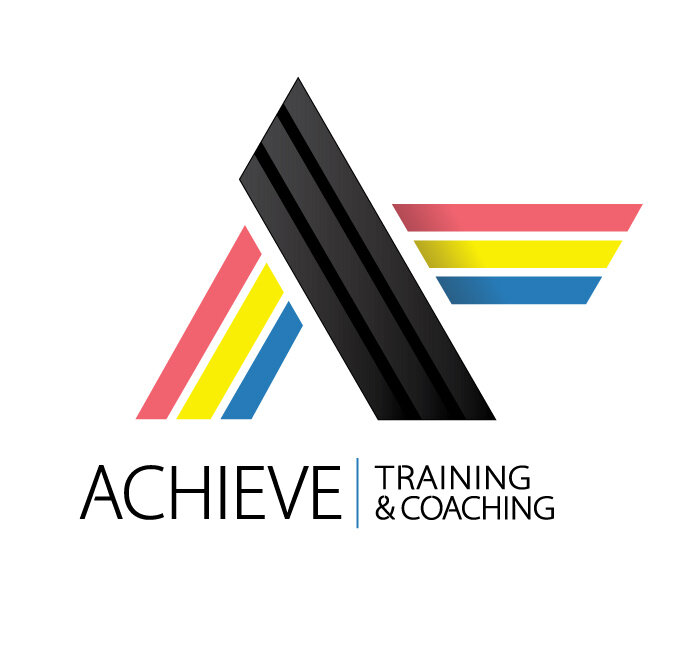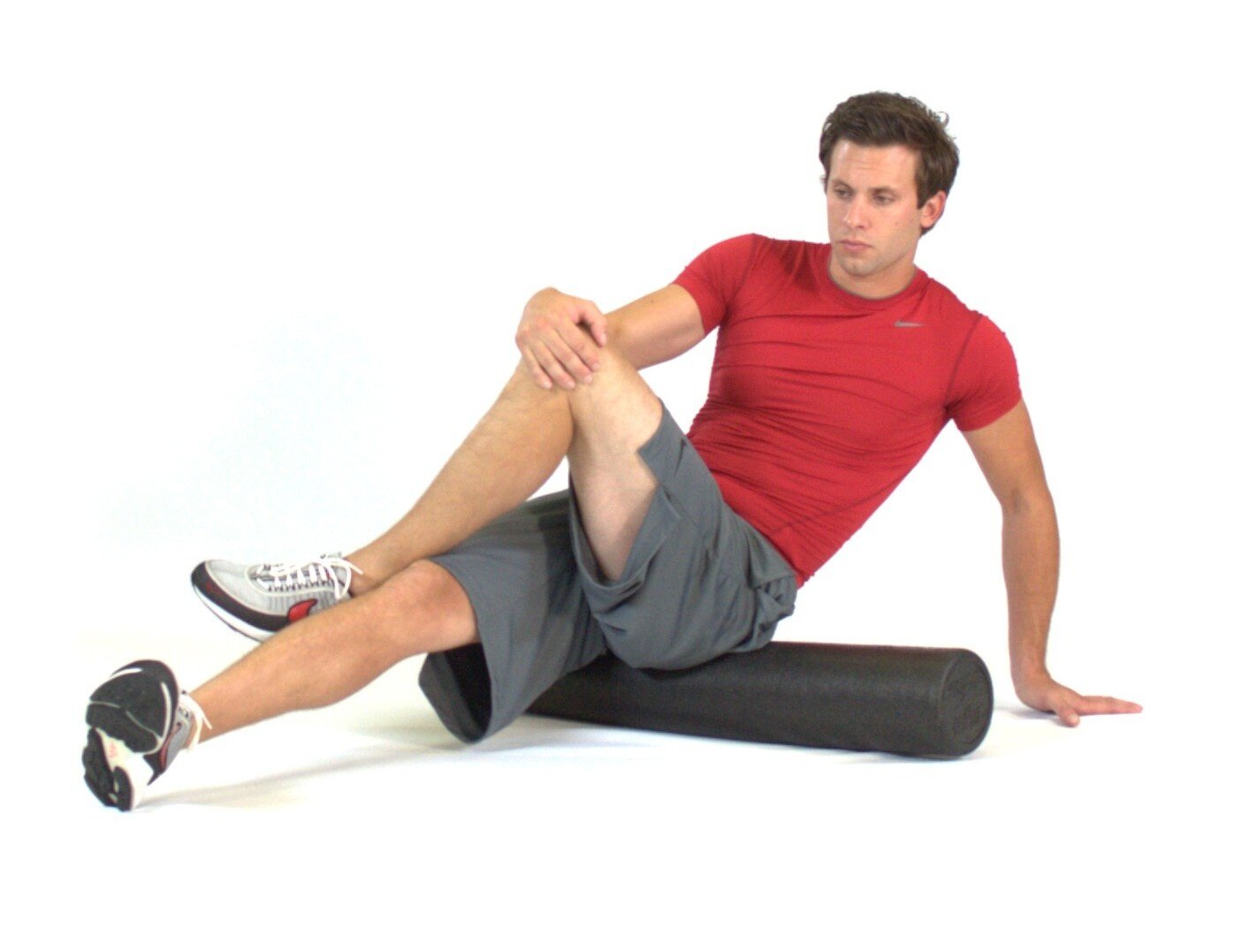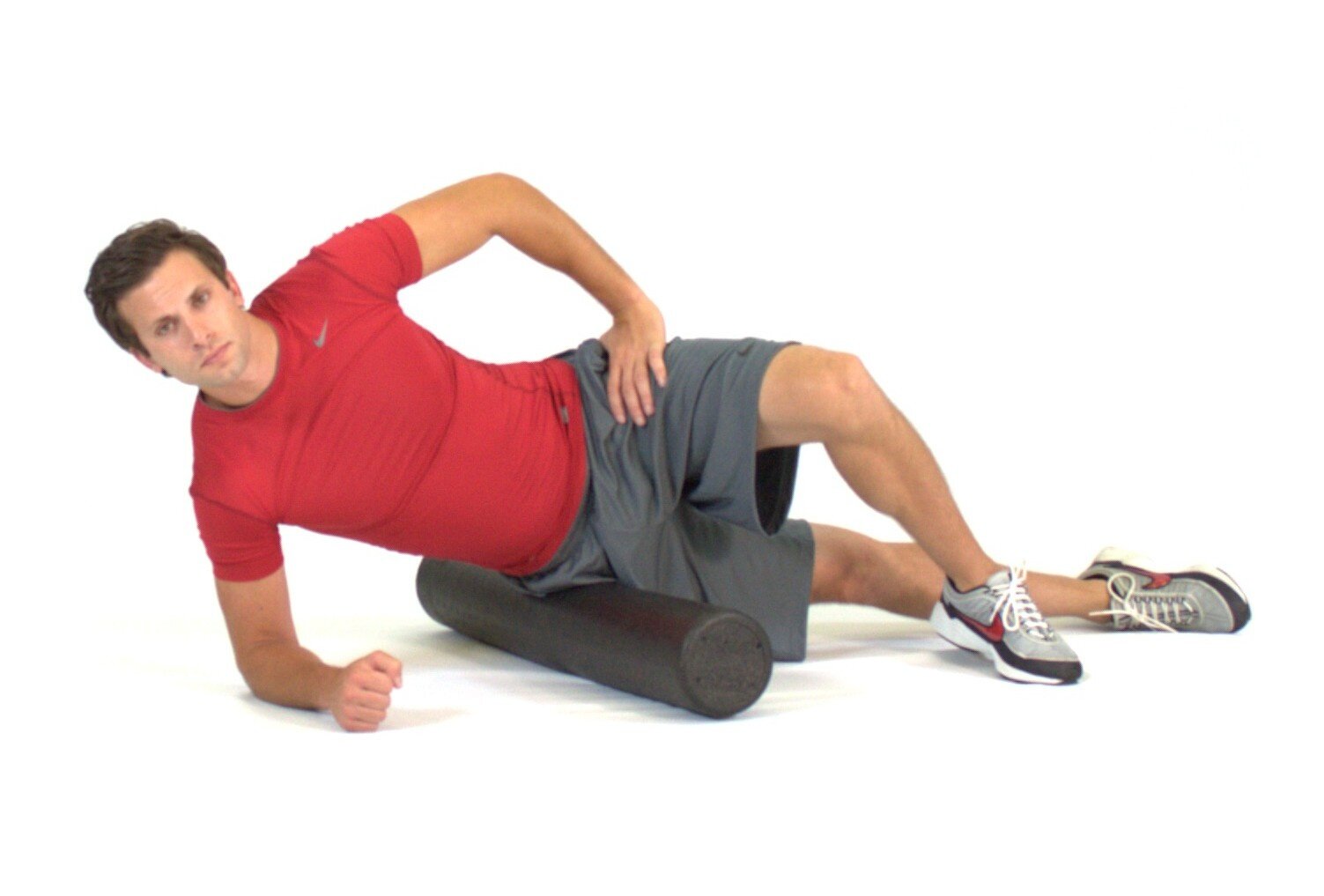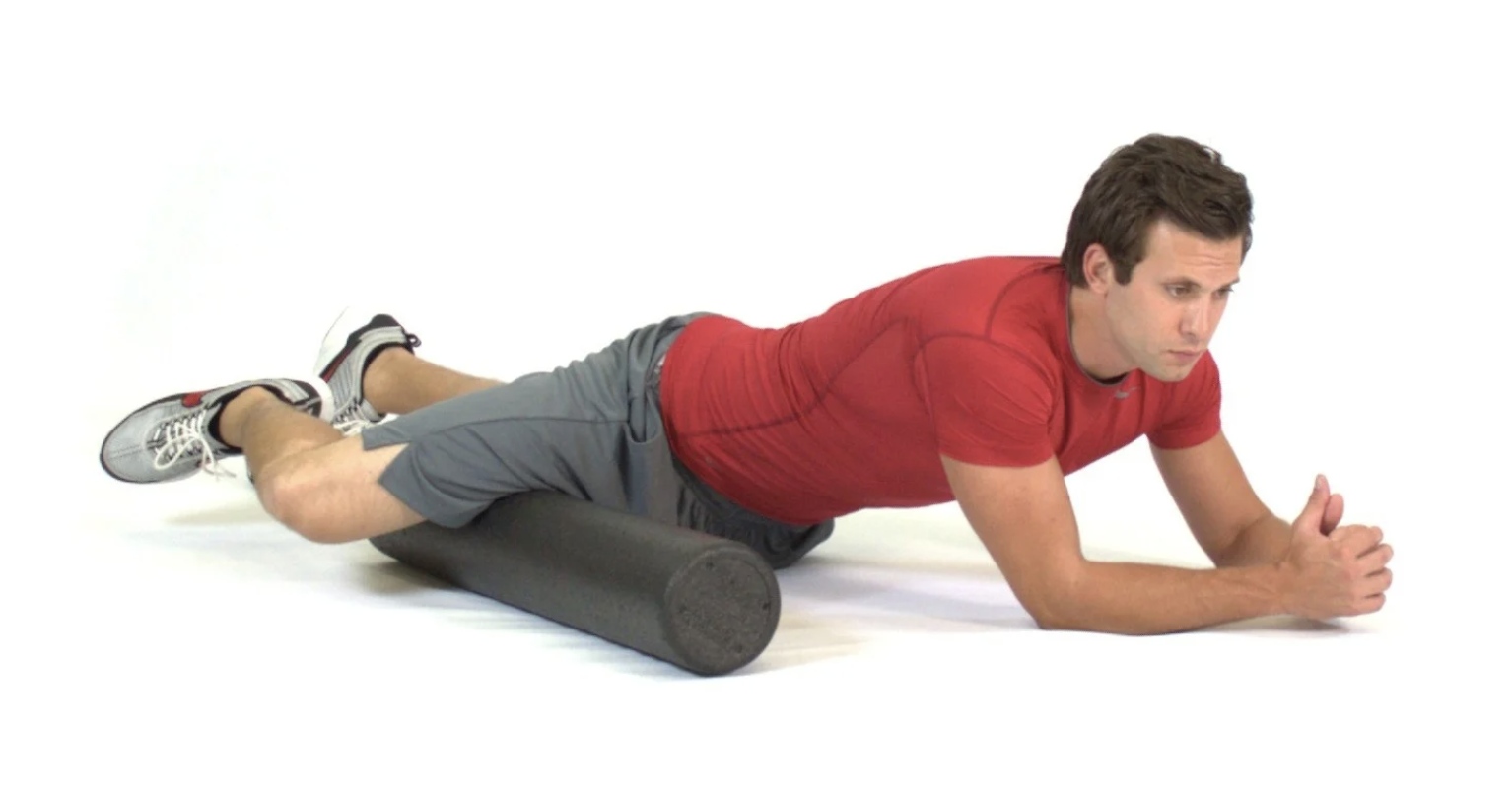Foam Rolling for Cyclists
What’s the right way to foam roll? We’ve been getting this question a lot lately. For most cyclists, the foam roller is an essential tool for optimizing performance. No matter how much we love to hate it, the benefits of foam rolling are undeniable. In this blog, we’ll offer up tips on proper foam rolling technique, what muscles to target, and what to avoid.
Foam rolling is a form of self-myofascial release or self-massage that can greatly enhance recovery and boost performance. Self-myofascial release focuses on alleviating adhesions or “knots” to restore ideal muscle motion and function. Why work out adhesions? Adhesions can create points of weakness or susceptibility in the tissue and prevent a muscle from contracting uniformly from end to end, thus opening the door to injury and pain.
Benefits of Foam Rolling
Some of the many benefits of self-myofascial release via foam rolling include: correction of muscle imbalances; increased blood flow; reduced soreness and improved tissue recovery; improved joint range of motion; improved neuromuscular efficiency; muscle relaxation; facilitation of optimal length-tension relationships; injury prevention.
Getting Started
The best time to foam roll is typically before stretching or after a workout as a part of the cool down. Resting on tight or painful areas autogenically inhibits muscle spindle activity, allowing the muscle fibers to stretch, unknot and realign. Get the most out of your training and recovery by regularly foam rolling the right way.
Move Slowly. As you roll along the length of the muscle, find the tight spots and rest on them, breathing deeply to release tension, then move on.
Roll each muscle group 1-2 minutes for each side (when applicable). If there’s pain, stop rolling and rest on the tight area for 20-45 seconds. It’s important to stop and rest on tender spots and allow for the tension to release.
Once you reach 45 seconds, move on and slowly continue down the length of the muscle.
Target Areas
Cyclists should target the following areas in this preferred order: Quadriceps; Adductors; TFL (tensor fascia latae); Piriformis; IT Band (iliotibial band); Hamstrings; Calves (gastrocnemius, soleus); Thoracic Spine; Lats (latissimus dorsi).
Mistakes to Avoid
Mistake #1: Rolling too Quickly
Many riders have a love-hate relationship with the foam roller and end up moving far too fast through the exercise. While it might feel good to roll back and forth on a foam roller quickly, it won’t help you alleviate adhesions. In fact, quickly rolling over tight spots can actually activate muscle spindles, causing increase tightness and pain! Give your brain enough time to tell your muscles to relax.
Mistake #2: Bad Posture
Engage your core. Most positions (like working the quads or IT band) require you to hold a plank position for an extended period of time. Avoid sagging your hips or contorting your spine. Only roll as long as you can maintain good posture. Tip: Take video of yourself to see how you roll.
Mistake #3: Spending too much time on tight spots
Don’t over do it. You may want to spend 5 or 10 minutes on a single tight spot, however keep in mind that sustained pressure on one body part can actually cause damage to the tissue or hit a nerve. Aim for 20-45 seconds per knot and move on. You can increase or decrease the pressure by shifting your body weight.
Mistake #4: Using the foam roller on your lower back
Please, never ever use a foam roller on your lower back. It’s too risky. Your spine will sense danger and all of the surrounding spinal muscles will contract or spasm to protect the spine. We can safely foam roll the upper back because the spine is protected by the shoulder blades and muscles. Once you hit the end of the rib cage, stop. If you want a lower back release, try resting in child’s pose or foam rolling the piriformis, tfl and hip flexors which can put undue tension on the lower back.
Foam roll regularly and watch your cycling performance improve through enhanced recovery, increased mobility, and injury prevention. Don’t wait until it’s too late to get started with the foam roller. The more we do it, the easier it gets. What are you waiting for? Get to it!
*Sources: National Academy of Sports Medicine, Applying the Technique of Self-Myofascial Release







